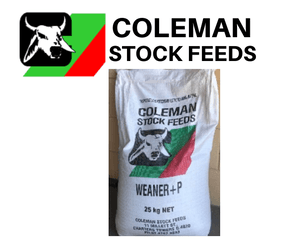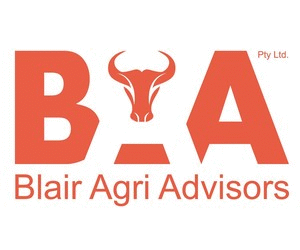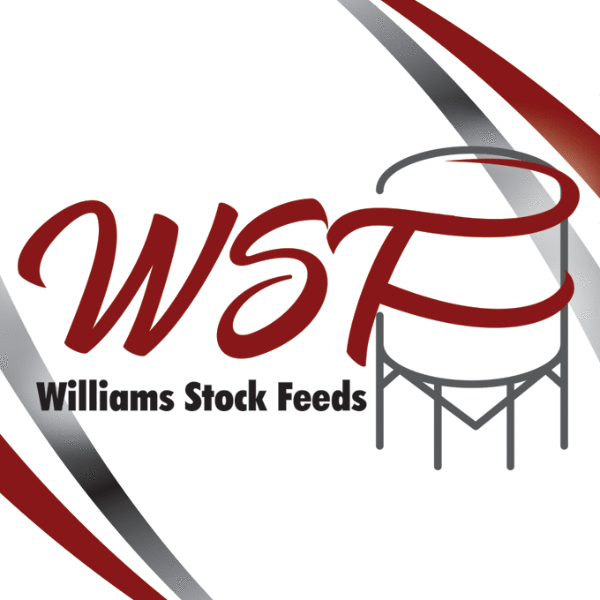Australian Beef Exports 2015

Australian beef exports started 2015 slightly (3%) slower than the corresponding period last year, with 67,537 tonnes swt exported during January – yet, putting this into context and highlighting how high cattle slaughter currently is, shipments were in fact 31% above the five-year average.
Encouragingly, the chilled contingent actually increased, not only on the five-year average (36%), but also year-on-year (15%), illustrating the importance of the weaker A$ and subsequent competitiveness on the international trade scene. Frozen exports however, declined 8% year-on-year.
The US easily remained the primary market for Australian beef exports, at 25,809 tonnes swt, up 87% year-on-year, with the chilled volume more than doubling to 5,664 tonnes swt. The strong trend towards chilled grassfed beef is likely to remain in place for the remainder of the year, along with the US being the largest market.
Shipments to Japan were steady year-on-year, at 15,501 tonnes swt, with the 2% decline in chilled volume offset by a 2% increase in frozen.
There was a particularly large reduction in exports to Korea during January, declining 27% year-on-year and 3% on the five-year average, to 7,474 tonnes swt, underpinned by higher domestic cold stores, and subsequent lower demand from importers.
The volume to China came back in line with 2013 levels, at 4,143 tonnes swt, continuing what has been a slowdown from year-ago levels for the past six months. This volume is, however, still well above (36%) the five-year average.
Shipments to the Middle East (3,160 tonnes swt) and Indonesia (1,870 tonnes swt) were back 13% and 53% year-on-year, respectively, while to Malaysia exports were down 12%, to 1,084 tonnes swt.
While the year-on-year decline in exports during January was only minor, it is expected to be a common theme for 2015, considering the unprecedented year it will be compared against.















